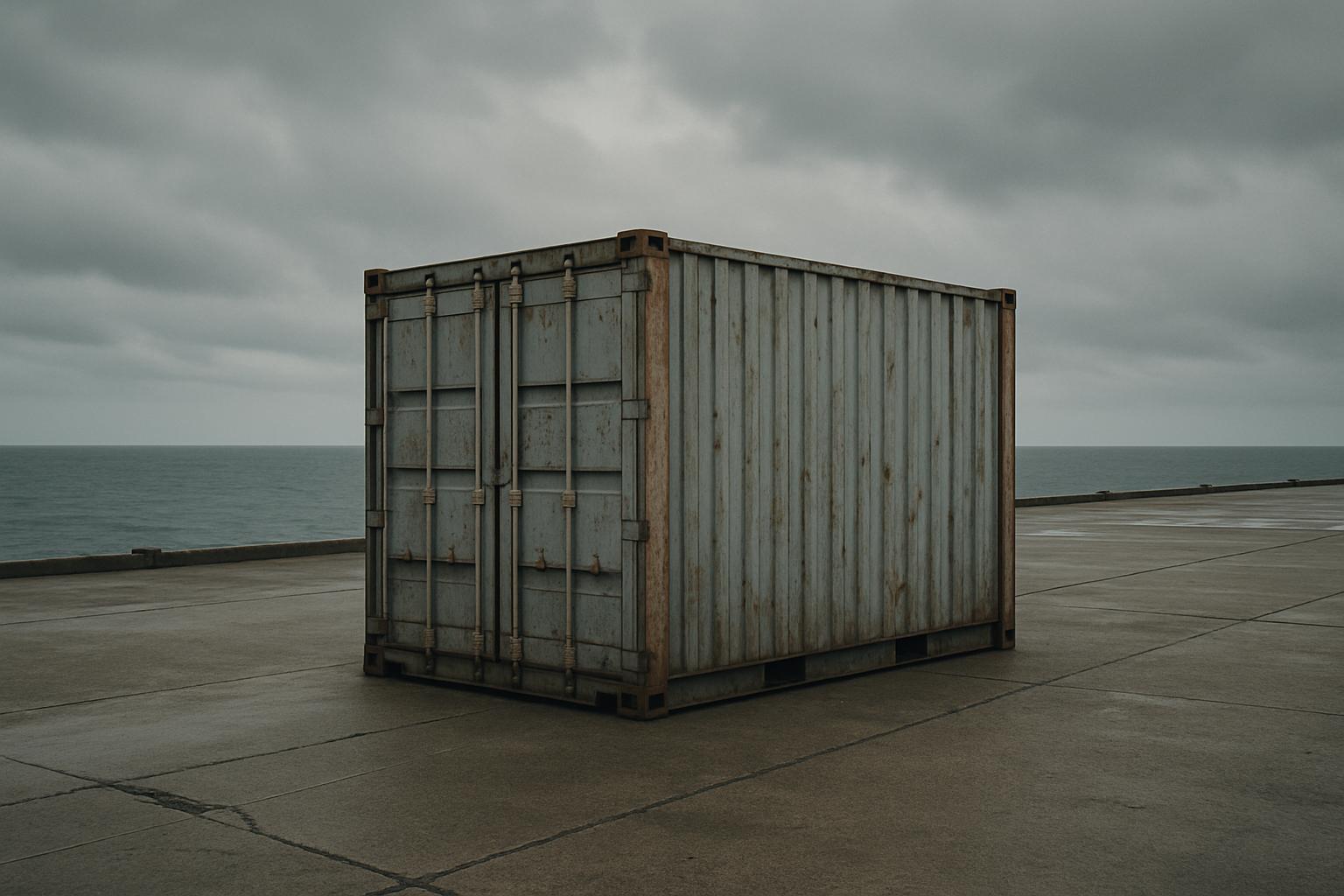The United States’ aggressive tariff policies and a foreign aid approach framed by a “grievance narrative” are profoundly reshaping the global economic order, sparking concerns among experts about lasting damage to both the US and the broader world economy. This shift was the focus of recent discussions at the Peterson Institute for International Economics in Washington, where specialists underscored the urgent need for multilateral cooperation to counter the growing tide of isolationism and tariff disruptions.
Hector Torres, senior fellow at Canada’s Centre for International Governance Innovation and a former International Monetary Fund (IMF) executive director, described the US tariff impositions as a “big disruption” that has driven global trade from a long-standing rules-based system towards a deals-based arrangement prioritising geopolitical considerations over economic rationality. This move, he warned, threatens to fragment global commerce and destabilize established trade norms. Maurice Obstfeld, senior fellow at the Peterson Institute and former IMF chief economist, condemned the reliance on tariffs as not only economically inefficient but regressive, disproportionately burdening lower-income Americans who face rising living costs. Obstfeld also criticised the US administration’s narrative framing other nations as unfairly exploiting the US, which he said fuels damaging isolationist policies that undermine American soft power by slashing foreign aid budgets at comparatively low cost.
This shift has elicited significant global repercussions. The IMF’s latest World Economic Outlook, released in mid-October, paints a cautious picture of subdued global growth with looming risks including renewed trade disputes. The International Monetary Fund has also highlighted the inflationary pressures and uncertainty unleashed by rising tariffs, particularly between the US and China, which now intensify volatility in global financial markets. Kristalina Georgieva, IMF Managing Director, has emphasised that while these policies may not trigger a global recession, they raise economic unpredictability and disrupt complex global supply chains, where tariffs complicate costs and hinder recovery efforts.
Additional global economic institutions have echoed these warnings. The World Bank cautioned that the proposed US tariffs—such as a 10% levy on global imports and increased duties on key trading partners including Canada, Mexico, and China—risk curbing global growth by an estimated 0.3 percentage points in 2025, a significant drag particularly for developing economies already facing their weakest prospects since 2000. Similarly, the World Trade Organization (WTO) projects a 0.2% decline in global trade in goods next year, with sharper reductions expected if US tariff policies escalate further. WTO officials have underscored how ongoing trade policy uncertainty impairs economic growth and undermines vulnerable nations.
The broadening scope of tariffs signals a deeper strategic challenge. Albert Park, Chief Economist at the Asian Development Bank, warned that these tariffs extend beyond bilateral US-China disputes and now jeopardise a wider set of East Asian export markets, including Vietnam, Laos, and Cambodia—with tariff rates hitting China’s exports at a combined 54%. This scenario complicates China’s export recovery amid existing economic headwinds and may accelerate its pivot toward boosting domestic consumption and diversifying trading allies. Park also suggested the United States might consider easing monetary policy in response to slowing domestic growth triggered by trade tensions.
At the Peterson Institute events, Mari Elka Pangestu, vice-chairwoman of Indonesia's National Economic Council, described the current juncture in global trade as a “watershed moment” in which the traditional multilateral order, long upheld by a dominant power, is eroding. She highlighted Indonesia’s recently concluded trade agreement with the European Union as a strategic move to offset the disadvantages wrought by US tariffs, demonstrating the importance of diversifying trade partnerships to mitigate risks posed by tariff-induced disruptions.
Parallel analyses from the OECD align with this perspective, predicting significant slowdowns in both US and global economic growth due to tariff-driven trade costs and uncertainty. The organisation’s forecasts have been downgraded substantially to 1.6% growth for the US in 2025 and around 2.9% globally, marking a clear cautionary signal about the negative economic fallout from sustained tariff policies. Retailers within the US, such as Walmart and Target, have already flagged price increases linked in part to these trade barriers, underscoring how consumer-facing inflationary pressures may intensify.
Furthermore, legal commentators note that the US’s widespread imposition of tariffs has triggered retaliatory measures from major trade partners, including China, the European Union, Canada, and Mexico, resulting in a dangerous cycle of escalating trade barriers. These developments complicate international supply chains, force businesses to navigate complex and shifting regulations, and have sparked diplomatic efforts aimed at rolling back tariff measures through negotiations such as the US-China Phase One Trade Deal and the USMCA agreement with North American neighbors.
Looking forward, experts at the Peterson Institute stressed the critical importance of preserving a rules-based multilateral trading system to prevent a fracturing of global commerce into conflict-prone blocs or “digital firewalls.” Hector Torres called for urgent WTO reforms, particularly around digital trade rules, to avoid a chaotic patchwork of regulations that could stifle innovation and economic integration.
Overall, while the US’s tariff stance is driven by a complex mixture of economic and geopolitical concerns, the consensus among leading economists and international bodies is clear: these policies risk slowing global growth, disrupting supply chains, inflating costs for consumers, and weakening the normative frameworks that underpin international trade. The overarching message is a call for renewed multilateral cooperation to restore stability and fairness to the global economic system, which remains vital for prosperity in an increasingly interconnected world.
📌 Reference Map:
- Paragraph 1 – [1] (China Daily)
- Paragraph 2 – [1] (China Daily)
- Paragraph 3 – [1] (China Daily), [4] (AP News)
- Paragraph 4 – [2] (Reuters), [5] (AP News)
- Paragraph 5 – [3] (Reuters)
- Paragraph 6 – [1] (China Daily)
- Paragraph 7 – [6] (Time)
- Paragraph 8 – [7] (The Law To Know)
- Paragraph 9 – [1] (China Daily)
Source: Noah Wire Services
